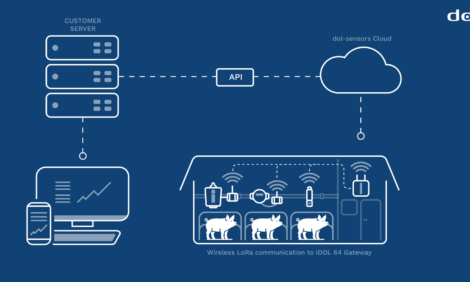



Pig Loading Decision Tree
By Sarah Fischer, Ontario Pork - This article is a flow chart that looks at the decisions farmers need to make when loading pigs.
|
|
|
|


| Federal Transportation Regulations
|
||||
|
|
|||
| Lameness Classes | ||
| These categories can be used to determine the status of an animal’s mobility, from normal to non-ambulatory. | ||
|
Transport as soon as possible Class 1 Visibly lame but can keep up with the group. Class 2 Unable to keep up; some difficulty climbing ramps. Load in rear compartment. Do Not Load or Transport* Class 3 Requires assistance to rise but can walk freely. Class 4 Requires assistance to rise; reluctant to walk; halted movement. Class 5 Unable to rise or remain standing. * Classes 3, 4 or 5 may be loaded for transport for veterinary treatment under veterinary supervision. |
||
Source: Ontario Pork - July 2005






